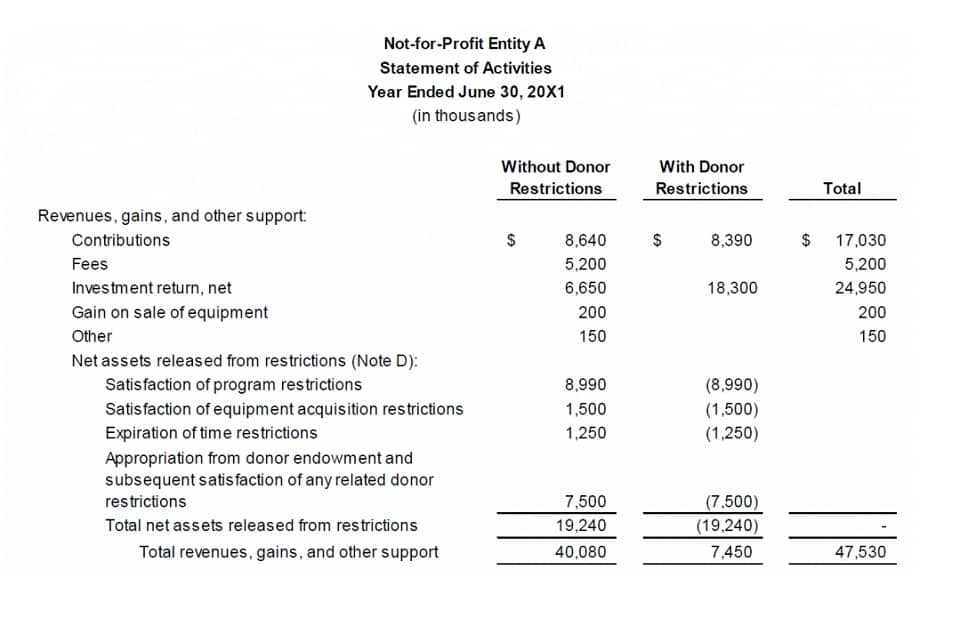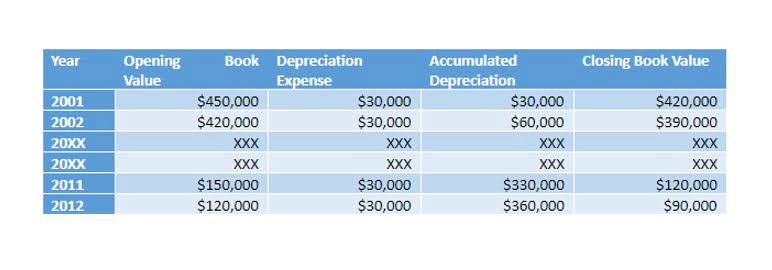
This may lower expenses due to cheaper delivery, but it also ensures a quicker turnaround for your supply total indirect manufacturing cost chain, making it possible to meet expectations even when last-minute orders are placed. If your findings in this area aren’t favourable, you can at least use the data as fuel to remedy the situation. This information will dictate key decisions around your company’s direction, such as whether to be cautious or bold (and therefore whether to make cuts or to invest in core functions). ProjectManager is award-winning work and project management software that connects teams with collaboration tools and a single source of truth.

What is Manufacturing Overhead?
When managing your production costs, it’s important to understand the difference between direct and Accounting For Architects indirect costs. Direct costs are easy to trace directly to the production of your product, while indirect costs are necessary but not directly tied to each unit you produce. One common way to do this is by using a percentage of direct labor costs or machine hours.
- It not only facilitates production but also impacts the overall business and operations.
- If the thread used per piece costs about £1 and each label is approximately £0.50, then the total direct material cost will be £11.50.
- Irrespective of the scale of your enterprise, understanding this measurement empowers you to enhance efficiency and increase profitability.
- For example, if one takes a car on lease and pays a lump sum every month, they can use it as much as possible.
- This reduction occurs because fixed costs (such as machinery and overhead expenses) are spread over a larger number of units.
Benefit #1: Assists in cost control
As employees use Clockify to clock in and out, employers gain insights into the total number of hours each employee worked on each production line. Learn what dead stock is, how it impacts your business, and proven strategies to prevent it. Samsung Inc. is planning to launch a new product called A35 and is deciding upon the product’s pricing as the competition is fierce. The production department has provided the finance head with the details of the existing model A30, which is equivalent to A35. In addition, payroll taxes and benefits add an additional $5 per hour per worker.
Indirect labor
If you only calculate direct costs in your cost of goods recording transactions sold, you are likely pricing your products too low. Monthly depreciation expense must be included in overhead as in indirect cost. Only production-related equipment must be included in the indirect overhead cost. The direct labour hourly rate is the sum of all wages, plus payroll taxes and fringe benefit costs for the period. The goal is to factor in variable costs – like staff with higher or lower pay rates – to gain a single value for the cost of an hour of work. Before calculating the direct labour costs per unit you need to know how to calculate the direct hourly labour rate and direct labour hours.
- These expenses reflect the necessary support services and resources utilized throughout manufacturing.
- This process helps the company determine how much each bicycle costs to produce, which is crucial for setting prices, identifying inefficiencies, and making strategic decisions about production.
- For example, a business may incur some direct labor costs even if it does not sell a single product/service.
- By closely tracking these variations, we can make well-informed decisions, identify areas for improvement, and optimize our overall financial performance.
- For example, if your WIP at the start of the year is $325,000 and your manufacturing costs are $750,000, with the cost of completed goods at $685,000, your ending WIP balance for the year would be $390,000.
- Calculating your total manufacturing cost unveils the amount your business invests in producing goods.

The company has been able to do so by consistently working on improving the efficiency of production and lowering manufacturing costs. For that purpose, the company used sensors to collect and analyze the cost of materials in real time to see how to optimize the costs. Be sure to allocate overhead costs to the respective cost centers (specific departments, processes, or machines in the manufacturing facility that contribute to the manufacturing costs). While this is a simplified view of direct labor calculation, accountants also include the benefits, overtime pay, training costs, and payroll taxes when calculating the hourly rate.

- When an entity accepts a grant, such as government funding, the funding guidelines typically stipulate what qualifies as a direct versus indirect cost, along with any threshold amounts for each cost type.
- Total manufacturing cost represents the sum of all expenses incurred during the manufacturing process, including direct materials, direct labor, and manufacturing overhead.
- Total manufacturing cost refers to the sum of all expenses incurred in the production of goods.
- Here, the distinction between direct and indirect isn’t as clear-cut as it is with labor.
- In addition, payroll taxes and benefits add an additional $5 per hour per worker.
- Utilize technologies like supply chain analytics and forecasting tools to make informed decisions and improve overall efficiency.
To calculate total manufacturing costs, use the total manufacturing cost formula. This includes all materials that can be traced directly to the finished product. For example, in car manufacturing, steel, tires, and glass are direct materials. To calculate total manufacturing costs, you must first sum up all the direct materials used in production. The main components of total manufacturing cost are direct materials, direct labor, and manufacturing overhead. Calculating manufacturing costs helps determine pricing, control expenses, and maximize profits.
